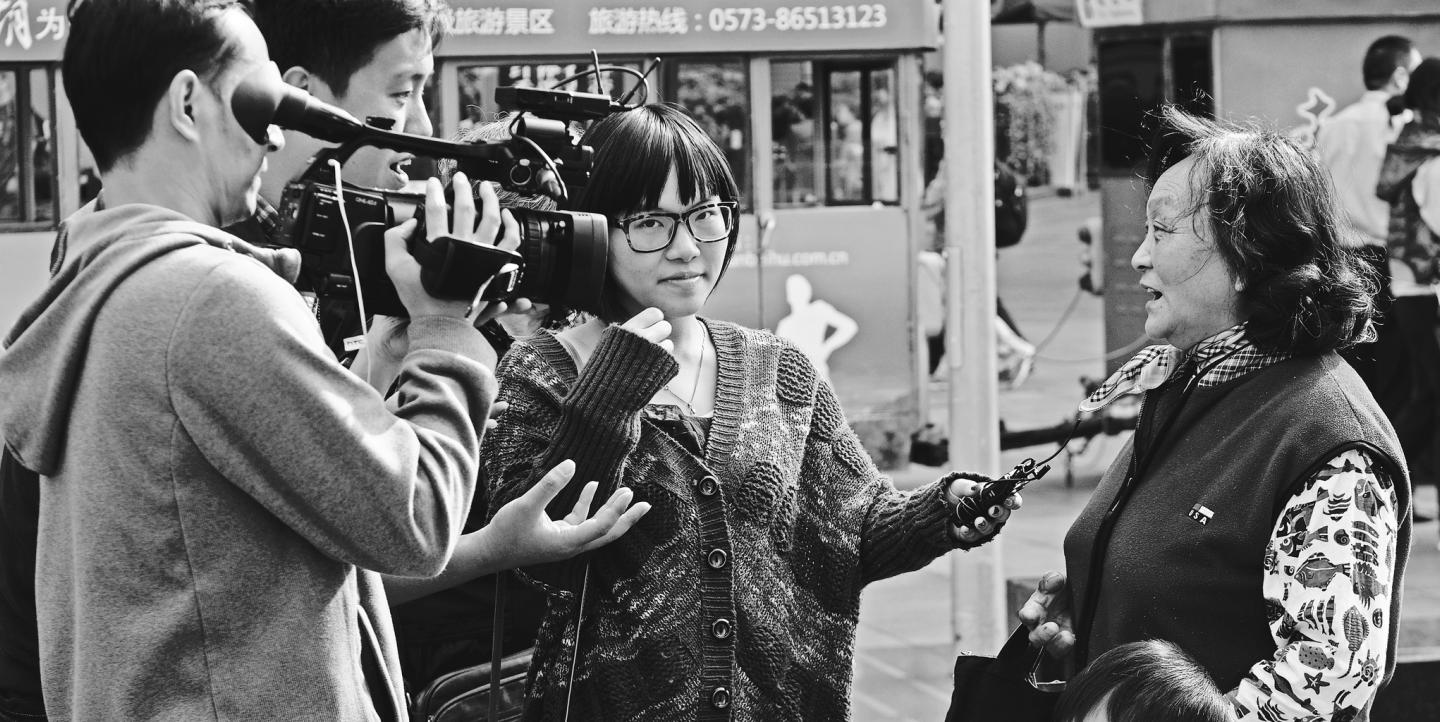What should we journalists do when our audiences grow tired of the doom and gloom of traditional reporting?
This was discussed at the panel on solutions journalism during the International Journalism Festival in Perugia, Italy. The panel was organized by the Solutions Journalism Network, represented by Tina Rosenberg, who outlined the term's definition.
Solutions journalism focuses on reporting solutions to known problems. In a way, it takes what longform pieces already do one step further ‒ after identifying the problem and their causes, it goes on to look for the solutions that exist around the globe.
The first example was The Seattle Times, whose staff grew tired from reporting on the failures of the educational system. They decided to change the narrative and look for examples of educational policies that actually worked.
This is, according to the panel, a good example of what solutions journalism is: unlike stories of real-life heroes or silver-bullet stories, solutions stories are concerned with the results of solutions they report on ‒ but these stories are careful not to make overstatements, or simply concentrate on the outstanding qualities of the people they cover.
A good piece of solutions journalism, according to Rosenberg, focuses on the work done to solve the problem and explains how it was made possible. It provides real, data-based evidence of the work’s results, and produces tangible insights so the reader understands how the solution can be replicated. And while people and their good intentions are important, they aren’t the main hero of the story.
Finally, it’s important that such a piece does not make overly high claims, but names the limitations of the solutions it’s reporting, as the goal of such a story is not to simply inspire its readers.
An example of this is Rosenberg’s 2001 piece on anti-retroviral drugs used to treat HIV for The New York Times Magazine. In it, she did not stop at describing the greed of drug manufacturers that makes anti-retroviral drugs unaffordable, but focused on the example of Brazil, which has managed to resist the pressure of pharmaceutical giants, manufacture its own generics and distribute them for free.
The main argument of the panel for writing more solutions-based stories instead of the negative coverage that is often present in traditional reporting is that traditional reporting often fatigues audiences. It often makes people want to tune out and put a stop to the negativity.
This is solutions journalism (say @soljourno ): #ijf17 pic.twitter.com/AWnVUzou6R
— Adam Thomas (@datatheism) April 7, 2017
But when a certain problem is presented together with a solution, Rosenberg argues, it increases reader's receptivity. This argument is based on surveys conducted by the BBC and The New York Times on their digital audiences — both of which showed readers’ desire to read more about solutions to the problems covered by journalists.
Showcased at the panel was Discourse Media, a Canadian startup that specializes in investigative journalism that also involves solutions. It developed its solutions-based approach based on what their readers wanted. This need to listen to communities, and understand what problems concerned them and how they wanted to show them, was a very salient theme of the whole discussion.
The panel’s final argument for more in-depth, solutions-based stories was that the overwhelming negativity of normal news coverage can add momentum to politicians like Donald Trump. According to Ulrik Haagerup ‒ the executive director of the Danish Broadcasting Corporation and solutions journalism advocate ‒ the liberal media’s constant coverage of Trump contributed to his rise because he was such a good story. Haagerup believes that this kind of reporting is irresponsible toward readers, and that journalists should not focus on stories that simply sell themselves.
Interestingly, three of the five panelists emphasized that solutions journalism has nothing to do with activism or politics ‒ even if it may resemble it in a certain way. Whether there really is no connection is, of course, up for the readers to decide.
Main image CC-licensed by Flickr via jacky czj.

